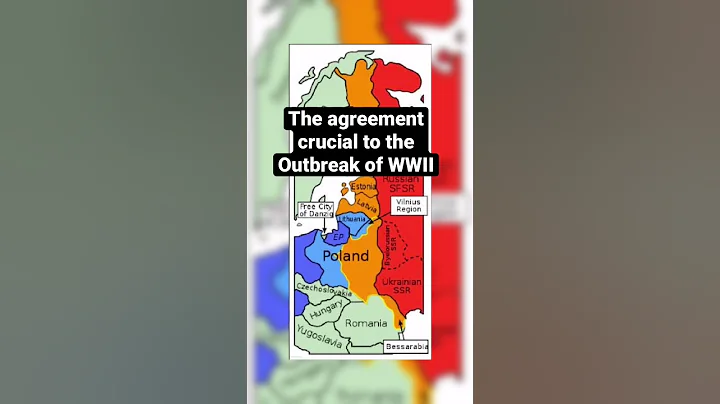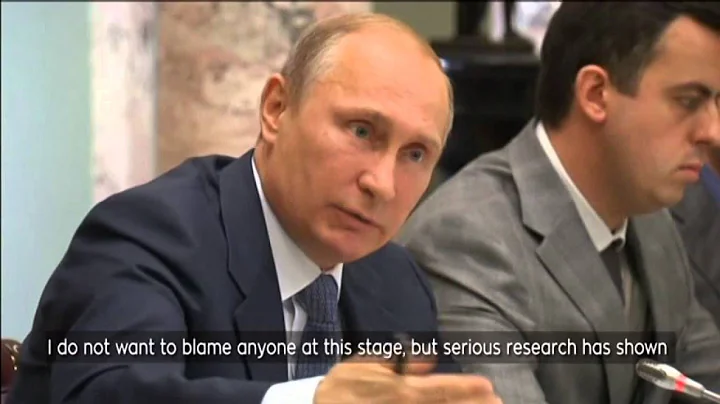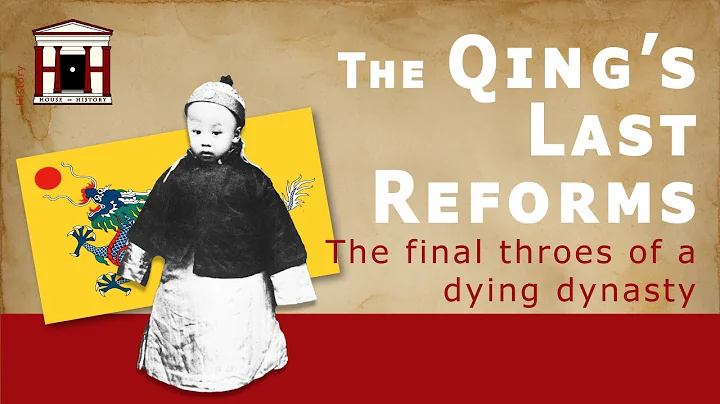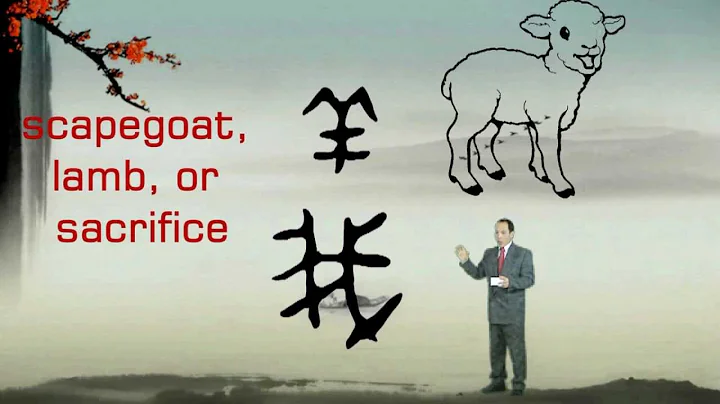The seven wars launched by the Soviet Union in 74 years from its establishment to its disintegration: 01 In September 1939, after the signing of the "Soviet-German Non-Aggression Pact", the Soviet Union and Nazi Germany invaded Poland from the east and west directions. .On October 6, the Soviet Union and Germany occupied all of Poland. The Soviet Union's invasion of Poland was mainly due to the historical enmity between Russia and Poland. In addition, after the October Revolution , Poland took the opportunity to send troops to intervene, forcing the Soviet Union to cede a lot of territory. In addition, after the establishment of the Soviet Union, Poland took the lead in anti-Soviet attacks many times, which sometimes made the Soviet Union intolerable and eager to take revenge on Poland. Because of the depth of hatred, after the end of the Polish campaign, the Soviet Union killed 21,000 Polish prisoners of war, including Polish soldiers, police, intellectuals and other civil servants, and created the appalling Katyn massacre. 02 After the establishment of the Soviet Union, there were disputes over border issues with Finland. In addition, because Finland and Nazi Germany are too close, they are worried that Finland will become an accomplice of Hitler . On November 30, 1939, the Soviet Union launched an attack on Finland and encountered stubborn resistance from the Finnish army. However, because Finland was alone, it was eventually forced to negotiate peace with the Soviet Union and ceded a large area of territory. 03 04 06 In March 1969, the Soviet army launched an armed invasion on Zhenbao Island located in Heilongjiang, China, and the Chinese border defense forces were forced to counterattack in self-defense. The Soviet Union claimed that Zhenbao Island belonged to the Soviet Union and slandered it as an invasion by Chinese troops. The war finally ended with China's victory, and most of the Soviet invasion force was annihilated. 07 After Amin became the leader of Afghanistan in September 1979, although he remained friendly to the Soviet Union on the surface, he secretly opposed the Soviet Union's control of Afghanistan and purged pro-Soviet forces in the government.The Soviet Union invited Amin to visit Moscow many times, but Amin was worried that he would be put under house arrest by the Soviet Union, so he refused and actively improved relations with the United States. This made the angry Soviet government decide to get rid of Amin. In December, the Soviet Union sent troops to Afghanistan. After occupying Kabul, the capital of Afghanistan, President Amin was killed in the presidential palace. The Soviet invasion of Afghanistan lasted for ten years until its complete withdrawal in 1989.
Poland Campaign in 1939 
The Soviet-Finnish War of 1939
occupied the three Baltic countries in 1940. On June 14, 1940, the Soviet Union sent troops to occupy the three Baltic countries, Estonia, Estonia, Latvia, and Lithuania, forcing the three countries to become member republics of the Soviet Union. and suppress the resistance forces. The Soviet occupation of the three Baltic countries lasted until the disintegration of the Soviet Union, and finally the three countries declared independence. 
After the death of Stalin in Hungary in October 1956, calls for freedom from Soviet control arose one after another, and protests continued. In response, the Hungarian government made a request to the Soviet Union, hoping that the Soviet Union would send troops to suppress it. On October 24, 1956, the Soviet Union sent troops to Hungary, and fierce conflicts broke out with the Hungarian people. They did not begin to evacuate until the 29th. On the 31st, the Soviet army regrouped and marched towards Budapest, Hungary, controlling the entire territory of Hungary and forcing the overthrow of the Hungarian Nagy government. In 1968, Czechoslovakia's leader Dubcek promoted the reform of the political system. Historically known as " Prague Spring ". This reform aroused strong dissatisfaction in the Soviet Union and questioned Czechoslovakia's attempt to break away from Soviet control. On August 20, a Soviet transport plane "made an emergency landing" at Prague International Airport on the pretext of malfunction. Subsequently, Soviet special forces quickly took control of the airport. Subsequently, the Soviet army launched an attack on Czechoslovakia from four directions. The Czechoslovak army was unprepared for combat and could only surrender. On the 23rd, the Soviet army basically controlled the entire territory. The war ultimately forced Czechoslovakia back into the arms of the Soviet Union. 
The 1969 Zhenbao Island Incident
Invasion of Afghanistan in 1979









![[Poland] Terror of the Soviet Union - DayDayNews](https://i.ytimg.com/vi/vxhjphZd1nE/hq720.jpg?sqp=-oaymwEiCNAFEJQDSFXyq4qpAxQIARUAAIhCGAFwAcABBu0BZmZmQg==&rs=AOn4CLBmh7cjYamTFvxeKlF0vEWWvQatBA)











